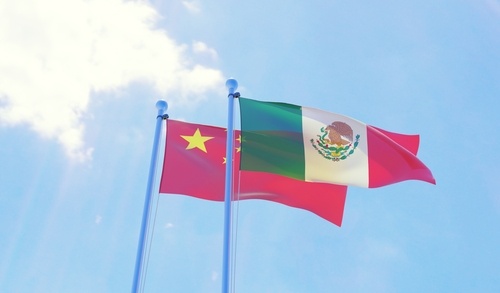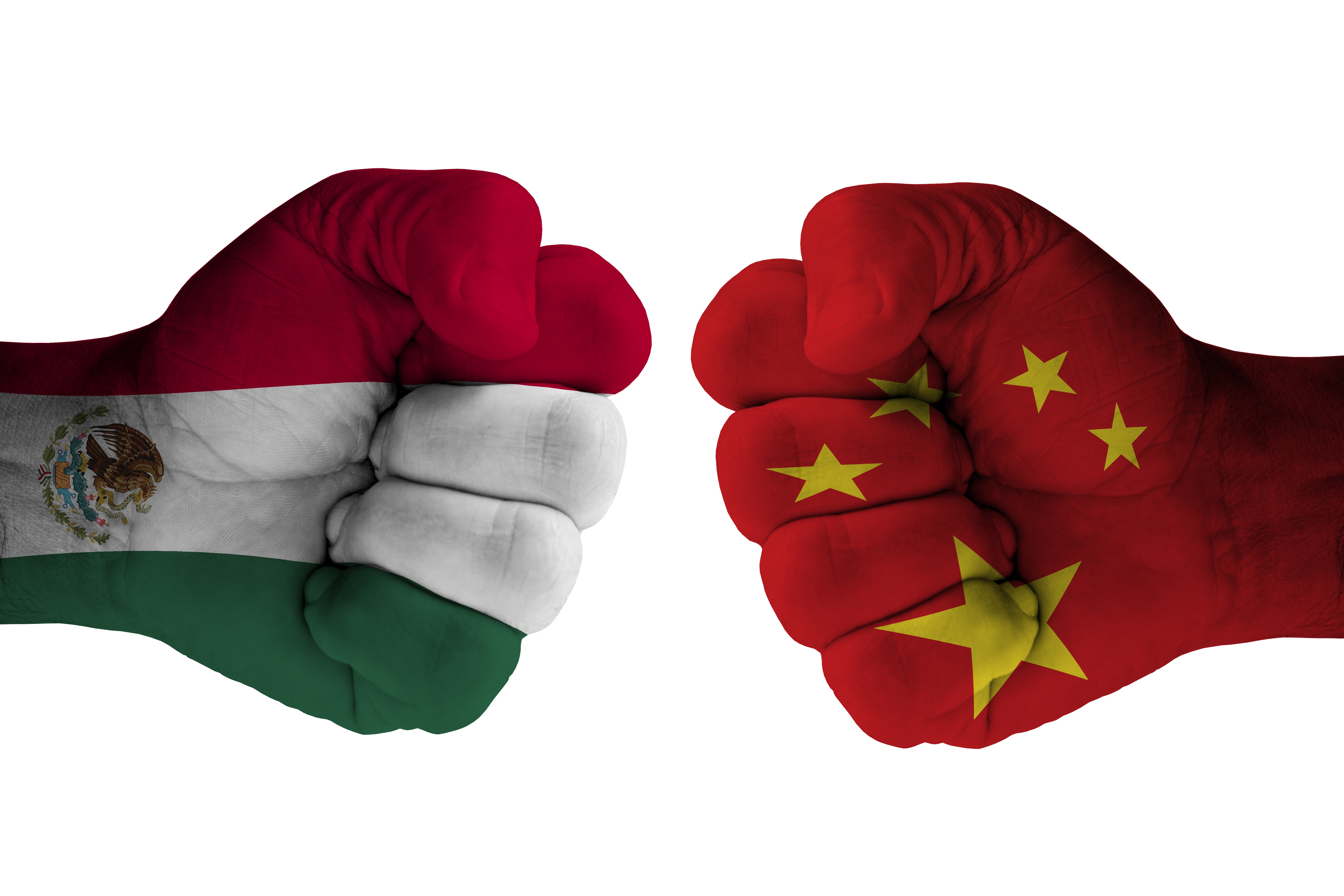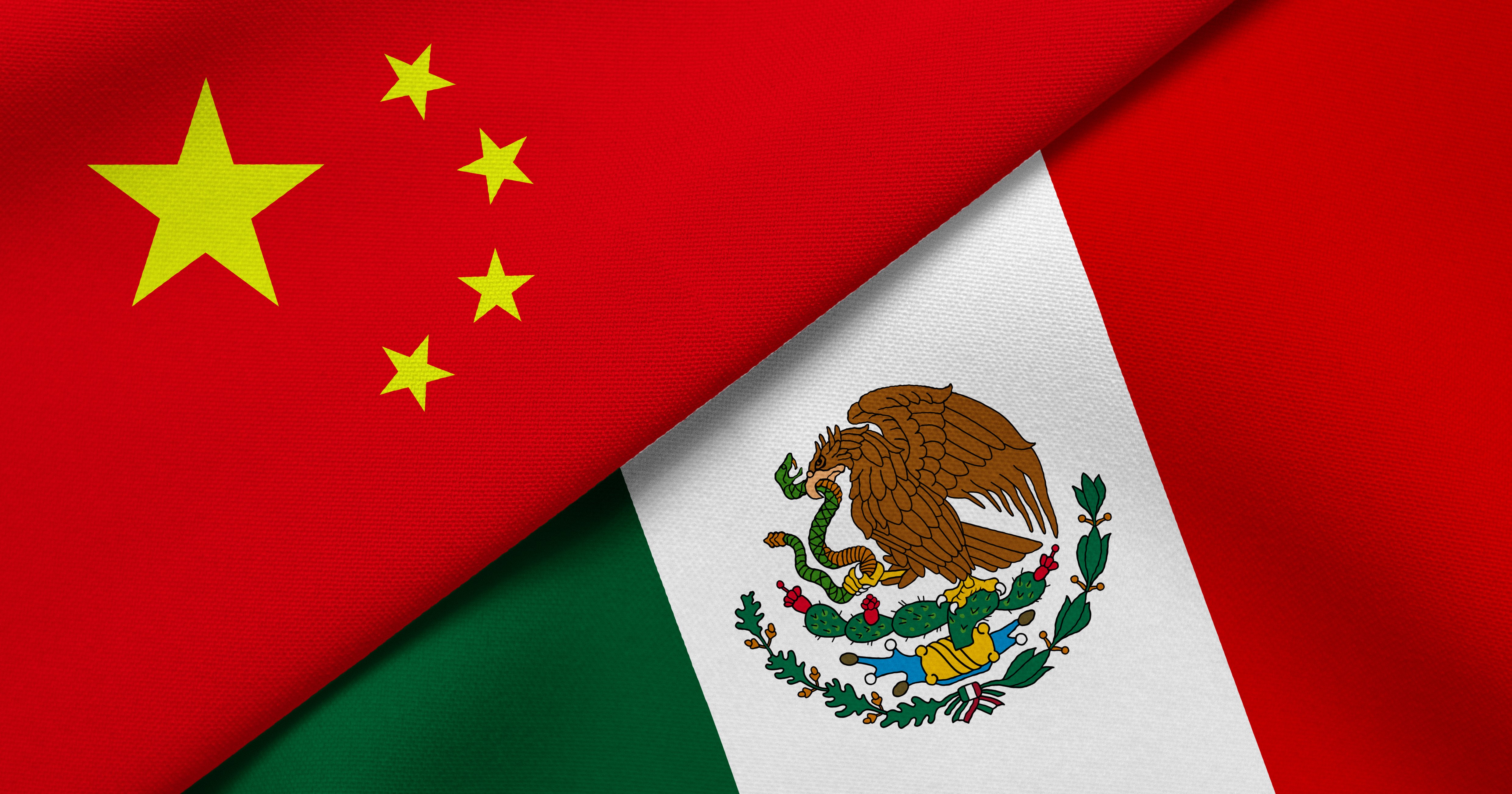More and more automakers are expanding to Mexico, and companies that manufacture in China are taking advantage of this by sending as much of its steel and other industrial goods as possible to manufacturers in Mexico. The influx of Chinese steel in auto parts manufacturing means that some of the products shipped via the North American Free Trade Agreement (NAFTA) are made from Chinese material.
"In a way, China is a part of NAFTA because China contributes a lot to the goods that wind up" in the United States and Canada, said Margaret Myers, director of the China-Latin America program of the Inter-American Dialogue. Despite NAFTA's Rules of Origin that states 50%-60% of goods must originate from a North American country, there is still room for foreign parts to find themselves on the production line.
Mexico and China Tensions
Some tensions that exist between Mexico and China began when NAFTA was first established in 1994, according to Enrique Dussel Peters, professor of economics at UNAM, the Mexican National University. Although China has been Mexico's second largest trading partner behind the U.S., the Mexican government has not yet established a clear strategy for its deals with China.

In essence, China is "NAFTA's uninvited guest," Peters said. "China is of critical importance to the region, but NAFTA has not been able to formalize relationships between the NAFTA countries and China."
Room to Grow
Mexico is the 13th largest economy in the world, according to the CIA online. However, it still has issues to sort out as it develops from one form of economy to another.
"Economic development goes hand in hand with urbanization," said Mexican politician Gabriel Quadri. "Almost every developed country [has] almost 95 percent of its population in cities. The only way to become a developed country is to urbanize very quickly."
Most of Mexico's inhabitants live outside of cities, population densities have begun to increase as the country's citizens spread out across the nation in looking for work.
Mexico recently saw its peso lose ground against the U.S. dollar after economic data showed that China was not growing fast enough. There was a pick-up in the peso's value during 2015, and then a huge drop at the end of 2016, 22 pesos per 1 USD, because of political uncertainties. The first half of 2017 proved to be a stabilization period for the currency and the country maintained a 2.1 GDP growth rate throughout the whole year, a slight drop from 2016. This drop followed the devaluation of the peso and the appreciation of the dollar as Mexico relies heavily on exports.
Mexico's Trade Competition
When China entered the World Trade Organization (WTO) in 2001 it garnered access to many of the same trade outlets as Mexico, instantly becoming competition. According to The Guardian, "China and Mexico supplied the US about 5% of the US computer market in 2000; by 2009 China had more than half that market and Mexico did not budge." Chinese steel and specialized textile manufacturers also grew export shares in the span of the decade and was an added factor in the U.S.'s trade deficit with Mexico.
As Mexico struggles to meet growth expectations, China continues to benefit from the NAFTA agreement and participate in WTO trade. As the countries compete for market space political, market, and global factors will continue to fluctuate the success of both Mexico and China.
USMCA and China Trade
NAFTA 2.0, or USMCA, is being prepped to pass the U.S. legislature, and has a "non-market economy" clause (32.10) with the potential to cut or hurt trade between China and North America. The clause states that if any of the countries go into trade with a "non-market economy" they will need to advise the other two countries months in advance with trade intentions and potential stipulations. If trade does happen, the U.S. has the ability to leave USMCA then and there. The clause doesn't state anything existing trade deals with "non-market economies" which could be a possible glitch along the line. All three countries trade with China, making future trade a topic to watch.
Subscribe
Sign up and stay informed with tips, updates, and best practices for manufacturing in Mexico.






